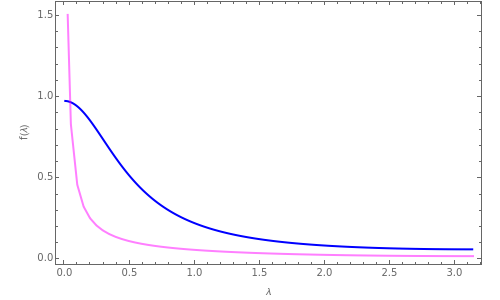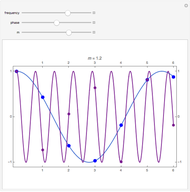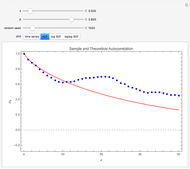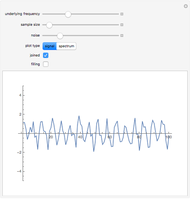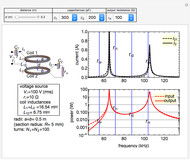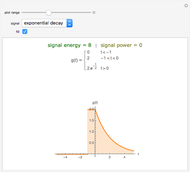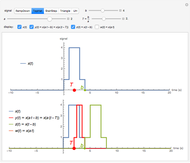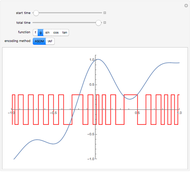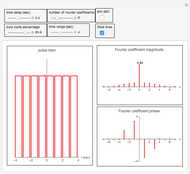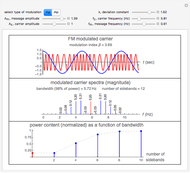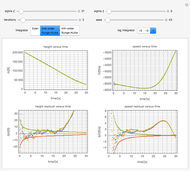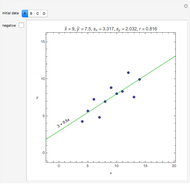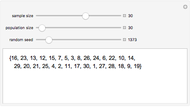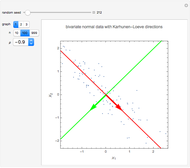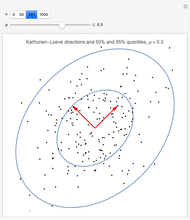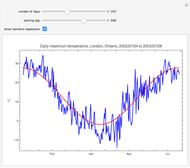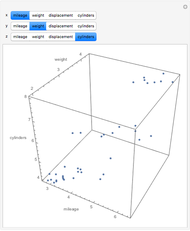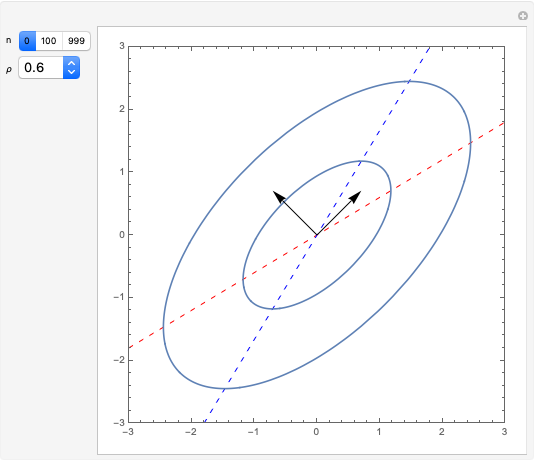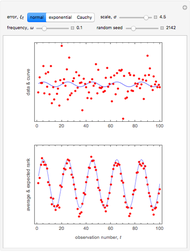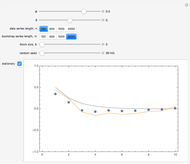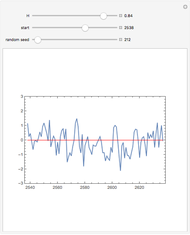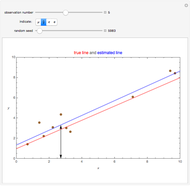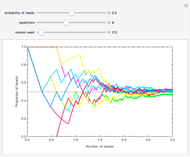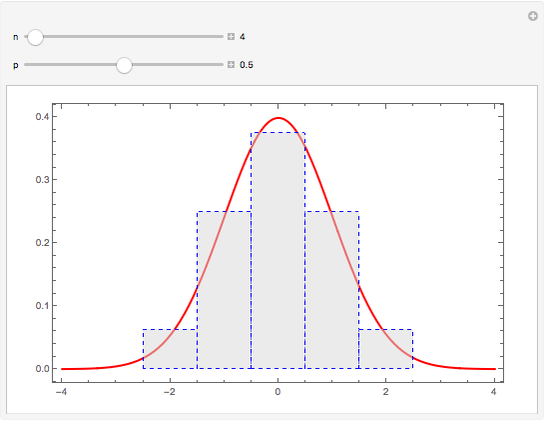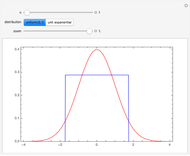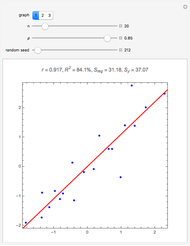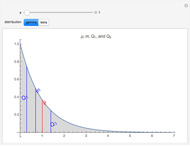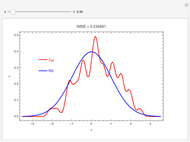Time Series for Power-Law Decay

Requires a Wolfram Notebook System
Interact on desktop, mobile and cloud with the free Wolfram Player or other Wolfram Language products.
Power-law decay time series are characterized by autocorrelation functions that decay as  , where
, where  is the lag and
is the lag and  is the decay parameter. When
is the decay parameter. When  , the time series exhibits strong persistence, with smaller values of
, the time series exhibits strong persistence, with smaller values of  indicating stronger persistence. When
indicating stronger persistence. When  , the time series exhibits high-frequency (or alternating) behavior and is said to be anti-persistent. Such time series are also characterized by a spectral density function that is proportional to
, the time series exhibits high-frequency (or alternating) behavior and is said to be anti-persistent. Such time series are also characterized by a spectral density function that is proportional to  , where
, where  is the radial frequency.
is the radial frequency.
Contributed by: Justin Veenstra and Ian McLeod (November 2012)
(Western University)
Open content licensed under CC BY-NC-SA
Snapshots
Details
Snapshot 1: This shows the autocorrelation for FGN with  and series length
and series length  . The setting
. The setting  corresponds to a Hurst coefficient of 0.9, which indicates very strong persistence. We see there is a large bias in the usual sample autocorrelation, since the true value is always much larger, except at lag 1.
corresponds to a Hurst coefficient of 0.9, which indicates very strong persistence. We see there is a large bias in the usual sample autocorrelation, since the true value is always much larger, except at lag 1.
Snapshot 2: This shows the partial autocorrelation for the same data used in snapshot 1. The partial autocorrelation was estimated using the Burg algorithm, and it seems to do a better job.
Snapshot 3: The periodogram and its expected value, the SDF, are shown.
Snapshot 4: The SDF is shown in magenta along with its estimate in blue. The SDF is estimated by fitting an AR model using the Burg algorithm with model order determined using the AIC criterion.
For an overview and further references for the time series models, see [1].
Reference
[1] J. Q. Veenstra and A. I. McLeod, "A New Hyperbolic Decay Time Series Model," 2012. Submitted for publication.
Permanent Citation
